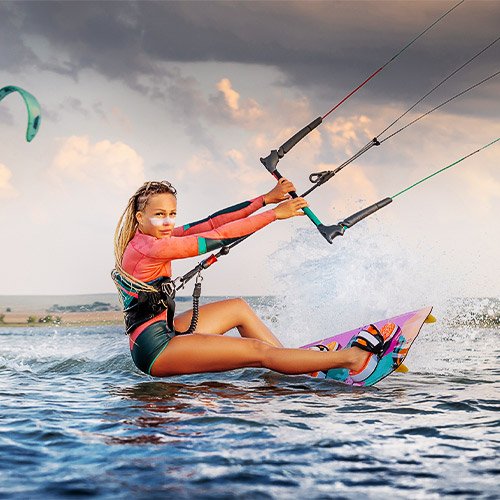There are several factors playing an important part in securing your boat: the size of the anchorage, wind, current, bottom topography, depth and last but not least, the tide. If you own the boat or charter one, it’s important to know which are the most secure anchorages in the area you are sailing.
In this article we are describing our personal opinion based on our experience, and should not be taken as an absolute truth about anchoring, because there are many techniques, opinions and ways to do it, but for us worked like magic every time.
Home is where you drop the anchor, so these are our 7 tips for safe anchorage:
- Find a good anchorage spot
- Where to drop the anchor
- Anchoring signs
- Drop the anchor
- Digging your anchor in
- Use a snubber
- Raise the anchor
1. Find a good anchorage spot
If you decided to drop the anchor in a new spot, searching information about it in advance it’s a great idea and you can do so by asking the locals, people in the marinas close by, consult the charts or search for the anchorages on the mobile apps. Speaking about mobile apps, there are also many of them monitoring your anchor dragging, which will give you an extra comfort at anchor.
When you arrive at your desired spot, take your time to explore it by sailing around, understand where the winds are coming from and check the depths around the spot. If other boats are around you, check their position and remember that if wind comes from North, the best place to drop the anchor is in the bays on the South part of the island.
Find out more about tides, if you are in a high tidal area, because the depth ratio can change substantially if you don't take into account the tidal range.
Last but not least, don’t anchor too close to other boats and especially beware of anchoring close to boats on mooring balls, because their swing radius is less than yours.

Cala Vadella, Ibiza
capetanos.com2. Where to drop the anchor
Anchors hold different depending on what material they are digging into, so it’s essential to choose the right anchorage according to your anchor type. Anchors need to develop enough resistance in the seabed to withstand the forces of wind and waves.
Let’s see how anchors work in different seabed types:
- Sand – is relatively easy for any anchor to penetrate in and offers high holding power. In sand, almost any anchor will have a good hold tension.
- Mud - has low shear strength, so the anchor type must have a broader fluke angle and a greater fluke area. This design allows the anchor to penetrate deeply to where the mud has greater sheer strength.
- Rocky bottoms – can get your anchor jammed, so if you are anchoring on a rocky seabed, be prepared for a dive to retrieve the anchor or to trip it with a trip line.
- Clay, vegetative bottoms – is best penetrated by heavy anchors, and the design is less important in this situation.
- Coral – will definitely jam your anchor, it’s unreliable for holding the boat in place, and most important it kills the coral, so avoid as much as possible to drop the anchor on coral areas.
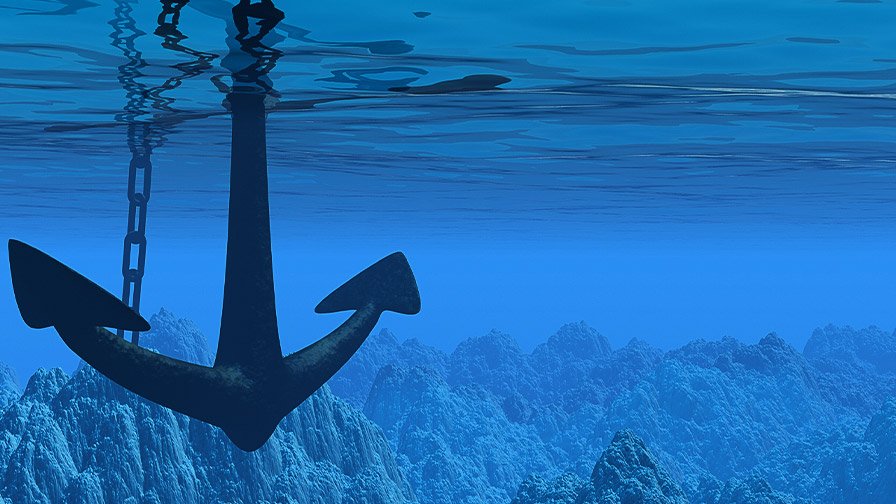
Where to drop the anchor
capetanos.com3. Anchoring signs
Respect as much as possible the anchoring etiquette, communication can be done also without shouting, being the most effective and least stressful way of doing it. You can use a radio to communicate with the helm or use hand signals, which work best in any weather conditions.
These are the hand signals we are using, but with each anchoring performed, you can figure out a system that works best for you:
- LOWER THE ANCHOR - Thumb down.
- RAISE THE ANCHOR - Thumb up.
- STOP THE ANCHOR - Raised hand with fingers splayed.
- SLOW DOWN - Palm down and moving up and down.
- SPEED UP - Palm up and moving up and down.
- GO FORWARD - Finger, hand or arm pointing to and motioning forward.
- GO ASTERN - Finger, hand or arm pointing to and motioning aft.
- GO TO STARBOARD - Finger, hand or arm pointing to and motioning starboard.
- GO TO PORT - Finger, hand or arm pointing to and motioning port.
- PUT THE ENGINE IN NEUTRAL - raise your fist.
- STOP THE BOAT - A raised hand with fingers splayed.
- SHUT DOWN THE ENGINE - Cut throat motion.
While dropping the anchor you can also signal to helm how much chain is out, by raising one finger at a time for every 10 meters out.
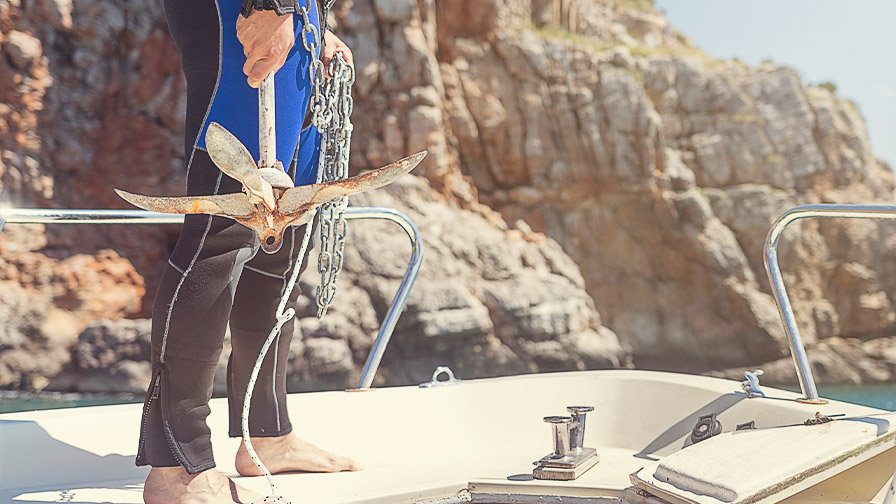
Anchoring signs
capetanos.com4. Drop the anchor
Many books state that letting out chain on a 3:1 ratio will suffice; however, we always use a 5:1 or even a 7:1 ratio, depending on depth, tidal and weather conditions. This means that in 5 metres of water you should drop 25 metres of chain.
After the helmsman turns the boat into the wind, the person on the anchor windlass will drop the anchor and wait until it hits the seabed. Once it hits the bottom, it will give the proper signs to the helmsman to move the boat backwards. Driving the boat backwards will lay the chain out nicely on the seabed and avoids having a big pile of chain on your anchor, so be sure that as much as possible the chain is going vertically into water.
If the speed of the boat is higher than the speed of the dropped chain, you risk to drag the anchor, and you will have to repeat the anchoring manoeuvre.
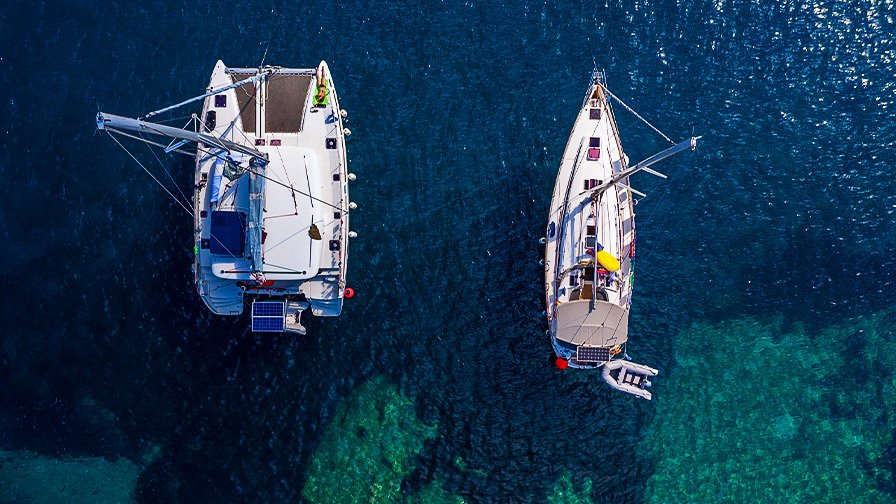
Drop the anchor
capetanos.com5. Digging your anchor in
After you dropped plenty of chain, let the boat settle down for a couple of seconds, and then signal the helmsman to rev backwards on wide open throttle, in order to tighten the chain and the anchor will dig deeper into the seabed. It’s important not to shut down the engine right away, and wait to see if you are dragging or not. Best is to look out for bearings, like trees, rocks, buildings at different distances to determine if you are dragging or not. Another way to check for dragging is to feel for any vibration and watch what the anchor chain is doing when boat is in reverse.
We also use mobile apps to monitor the dragging, like Anchor Pro or Anchor Zone Alarm. Some Garmin watches wave some relevant apps and you can monitor the drag from your wrist.
With the anchor dug and chain stretched, is now time to relax and enjoy the scenery.

Digging your anchor in
capetanos.com6. Use a snubber
After checking for dragging and the engine is shut down, you should use a snubber to take the strain off your windlass. If you have a fairlead, then take the snubber through it, otherwise you may need to lean over the bow roller. Using the snubber through the fairleads, ease the strain on the windlass and bow roller. If you use a nylon line as a snubber, it will have a good stretching factor and it will protect the anchor from being pulled out due to wave or wind action.
Another good factor is that people sleeping in the bow cabin(s), will have a better sleep during the night.
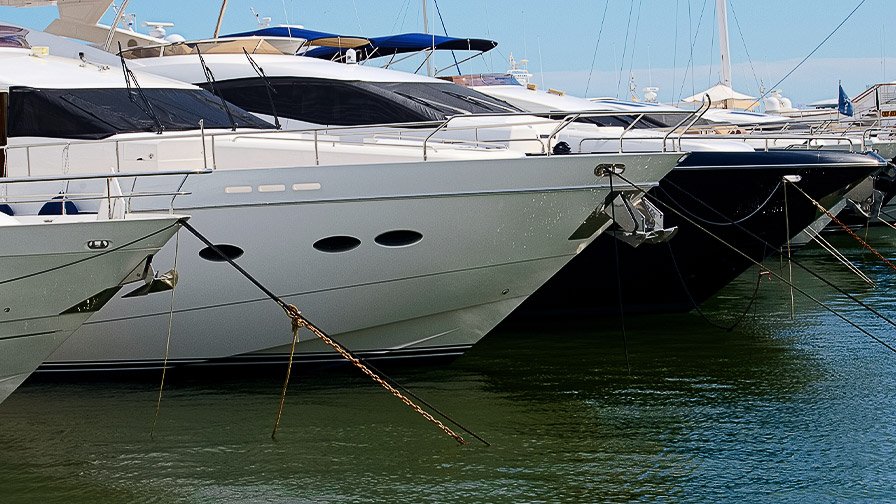
Use a snubber
capetanos.com7. Raise the anchor
Lifting the anchor should be an easy manoeuvre, and if you follow some basic steps it will work like a charm. The helmsman will motor the boat forward, while the windlass is pulling the chain and anchor up. You must find a fine balance between the boat’s speed and the windlass speed, because the chain should come up straight, not in an angle. Hand signals will come in place also for this manoeuvre.
If you overload the windlass, there is a risk of burning its engine or the trip switch will kill the engine, so if you charter the boat, make sure you know where the trip switch is located.

Raise the anchor
capetanos.comAs you can see, anchoring is quite a simple manoeuvre, however, if the above principles are not followed your boat might drag and the worst thing is that you can go aground or hit another boat, which can ruin a holiday. If you don’t have so much experience on a boat, we advise you to take a sailing course or have somebody aboard with good experience.
Even if you are new to sailing or an experienced skipper, also check out our free sailing guide, for many other useful manoeuvres and techniques to enhance your knowledge about handling a boat.



